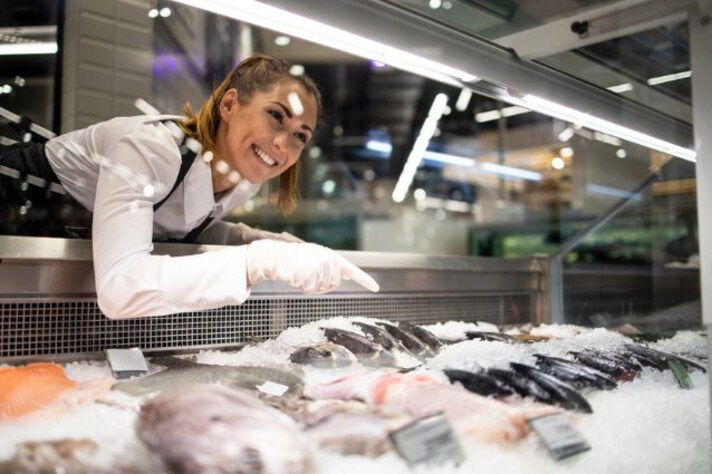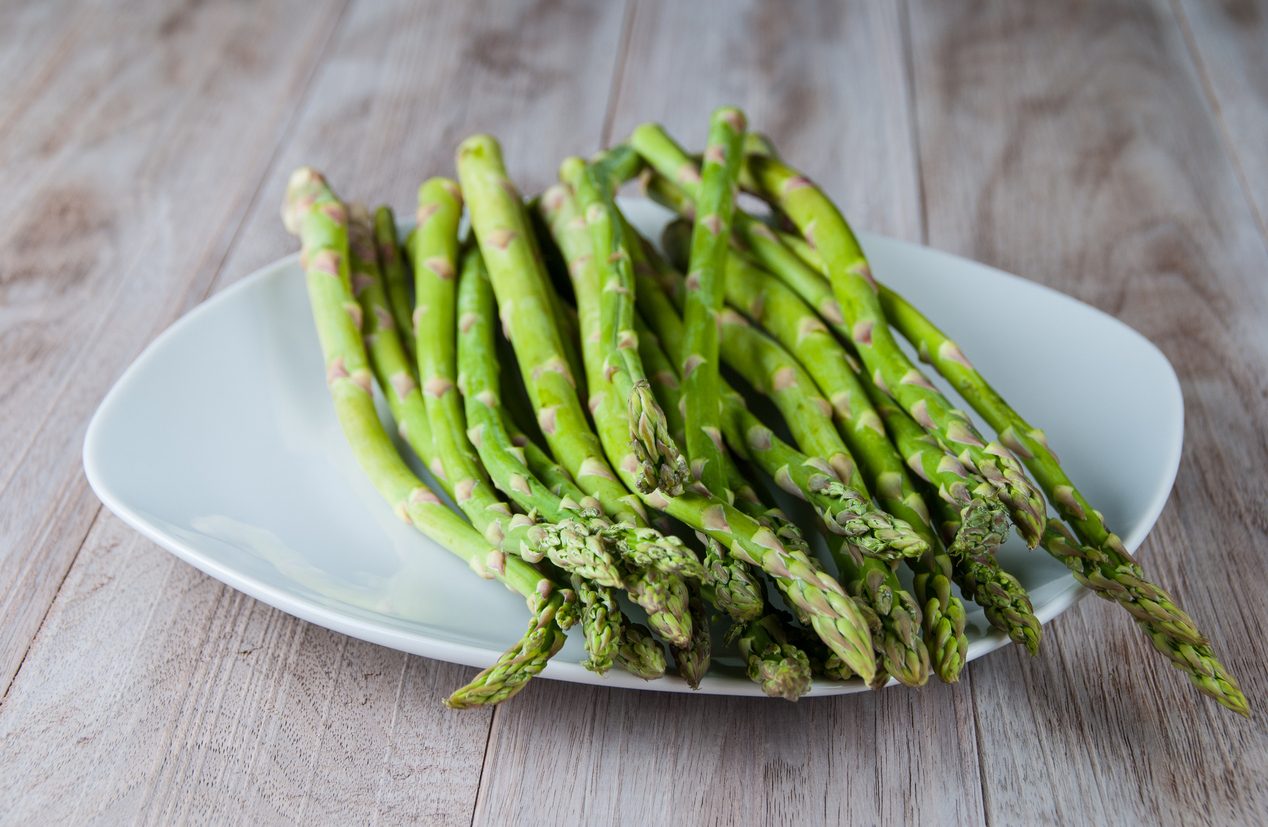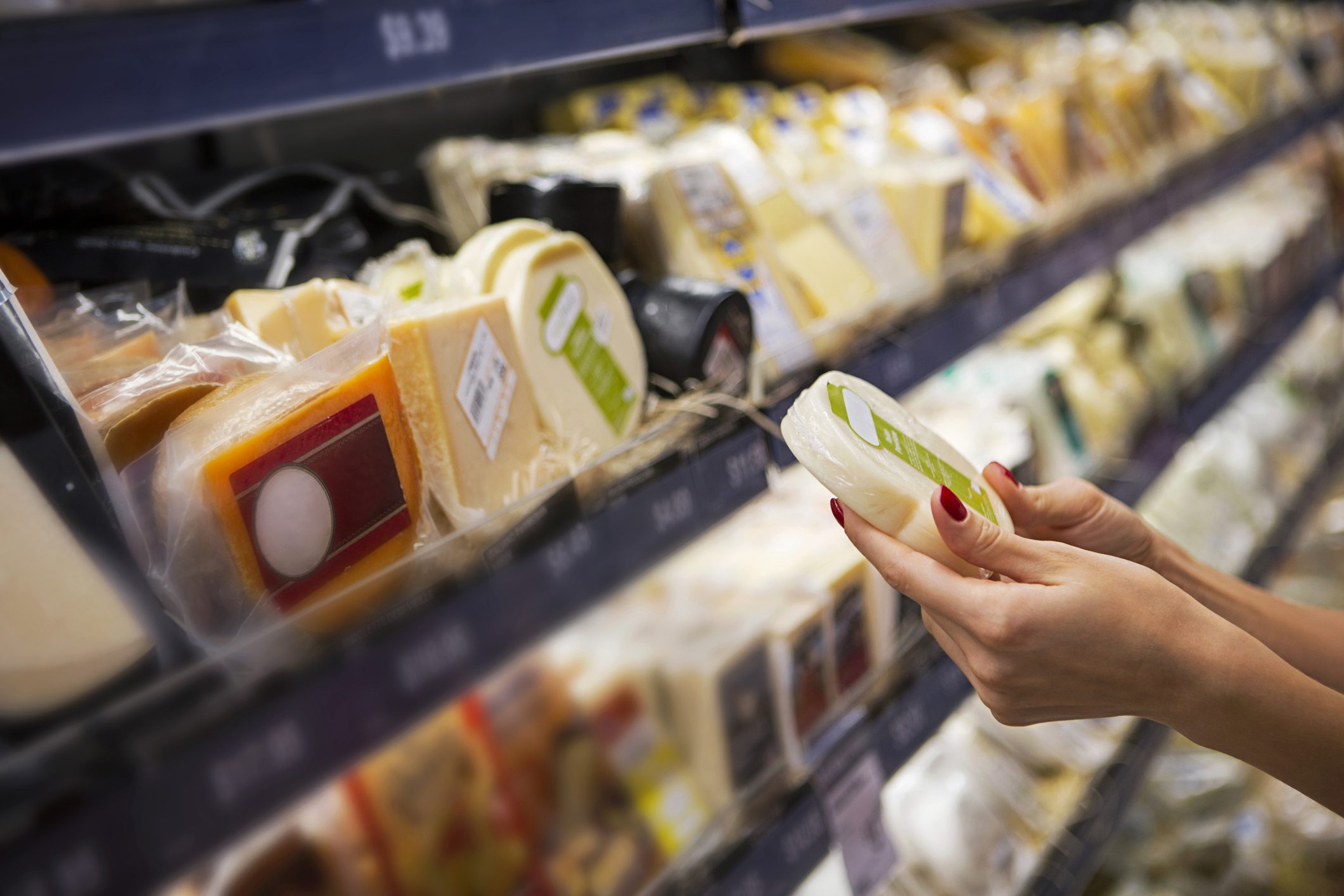10 Signs You’re Buying Fresh, Sustainable Seafood: Empower Your Next Seafood Purchase with These Foolproof Tips
Discover key tips for spotting the freshest, most eco-friendly fish on the market. Look for credible sustainability labels, examine color and scent, and ask the right questions at the counter to ensure a delicious meal that also supports healthy oceans.

From hearty salmon fillets to delicate scallops, seafood can be a delicious and nutritious addition to any meal. But with numerous labels and endless options at the fish counter, it’s not always easy to know if you’re getting high-quality, responsibly sourced fish. Here are 10 signs to look for so you can shop—and cook—with confidence.
1. Look for Credible Sustainability Certifications
One of the easiest ways to ensure you’re choosing eco-friendly seafood is by looking for certification seals like the Marine Stewardship Council (MSC) or the Aquaculture Stewardship Council (ASC). These labels indicate the fishery or farm meets stringent environmental standards that help protect ocean habitats and fish populations.
2. Check the Smell: Fresh, Not Fishy
A telltale sign of freshness is a mild, clean scent—think ocean breeze rather than a pungent odor. If the fish smells overly “fishy” or sour, it’s likely past its prime. This sniff test is a quick, reliable method you can perform right at the store.

3. Evaluate Color and Clarity
For fillets, look for vibrant or translucent flesh with no signs of browning or dryness. Whole fish should have clear, bright eyes and shiny scales. Dull, cloudy eyes or discoloration usually means the fish isn’t as fresh as it should be.
4. Ask About the Catch Method
Don’t be afraid to ask your fishmonger about how the fish was caught or raised. Pole-and-line, trolling, or trap-caught are typically more sustainable methods that minimize bycatch and seabed damage. If they can’t provide details, consider a different vendor or type of fish.
5. Know the Origin
Sustainable seafood often comes from regions that actively manage their fisheries. If you see fish labeled as “wild-caught in Alaska” or “Pacific Northwest,” it’s a good sign—it means the fish hails from waters known for responsible fishing practices. When in doubt, do a quick online check before finalizing your purchase.

6. Confirm the Season
Certain fish have peak harvest seasons when they’re most abundant and responsibly caught. Buying in-season helps ensure you’re getting the freshest fish and supporting fisheries that follow healthy population management. A quick search on your phone can tell you if the species is in season.
7. Feel the Texture
For whole fish, the flesh should bounce back when gently pressed. If it leaves an indentation—or worse, if it’s slimy—it’s time to pass. Fillets should be firm and moist, not watery or mushy.
8. Check for Excessive Liquid
If you notice a pool of liquid in the packaging or on the display tray, it could indicate that the fish was previously frozen or is starting to lose moisture (both signs of aging). A little moisture is normal, but a lot of it means the fish might not be at peak freshness.

9. Be Wary of Too-Bright Colors
Some seafood, especially salmon, can be dyed or chemically treated to look more vibrant. While certain color enhancements (like feeding salmon astaxanthin in their diet) can be harmless, overly bright or unnatural hues can signal artificial enhancements. Look for fish that has a natural-looking color consistent with its species.
10. Talk to Your Fishmonger
A knowledgeable fishmonger should be your best resource. They’ll happily offer advice on everything from sourcing and storage tips to the best cooking methods. If they’re dodging questions or seem vague about freshness dates or origins, consider shopping elsewhere—transparency is key to guaranteeing quality and sustainability.
Remember:
High-quality, sustainable fish isn’t just about taste; it’s about responsible practices that preserve our oceans for future generations. With these tips in hand, you’ll be well-equipped to make informed seafood purchases—whether you’re planning a quick weeknight dinner or a gourmet feast. Bon appétit!
;Resize,width=767;)
;Resize,width=712;)
;Resize,width=712;)
;Resize,width=712;)
